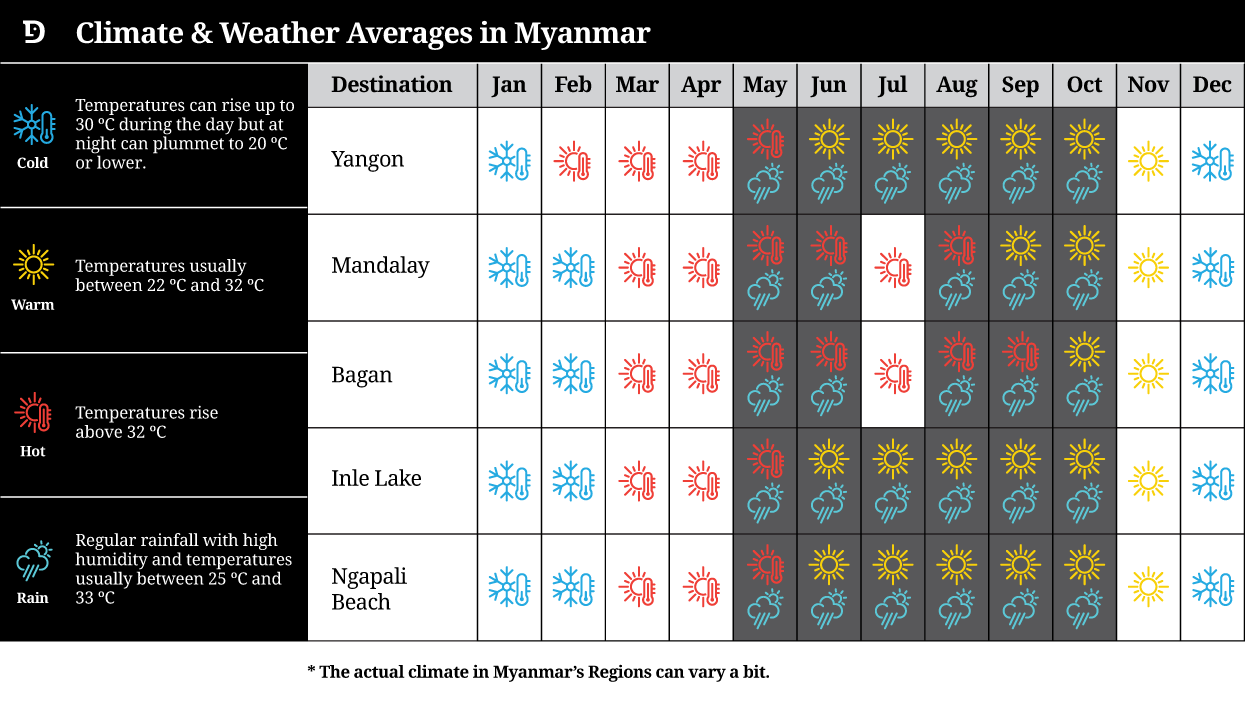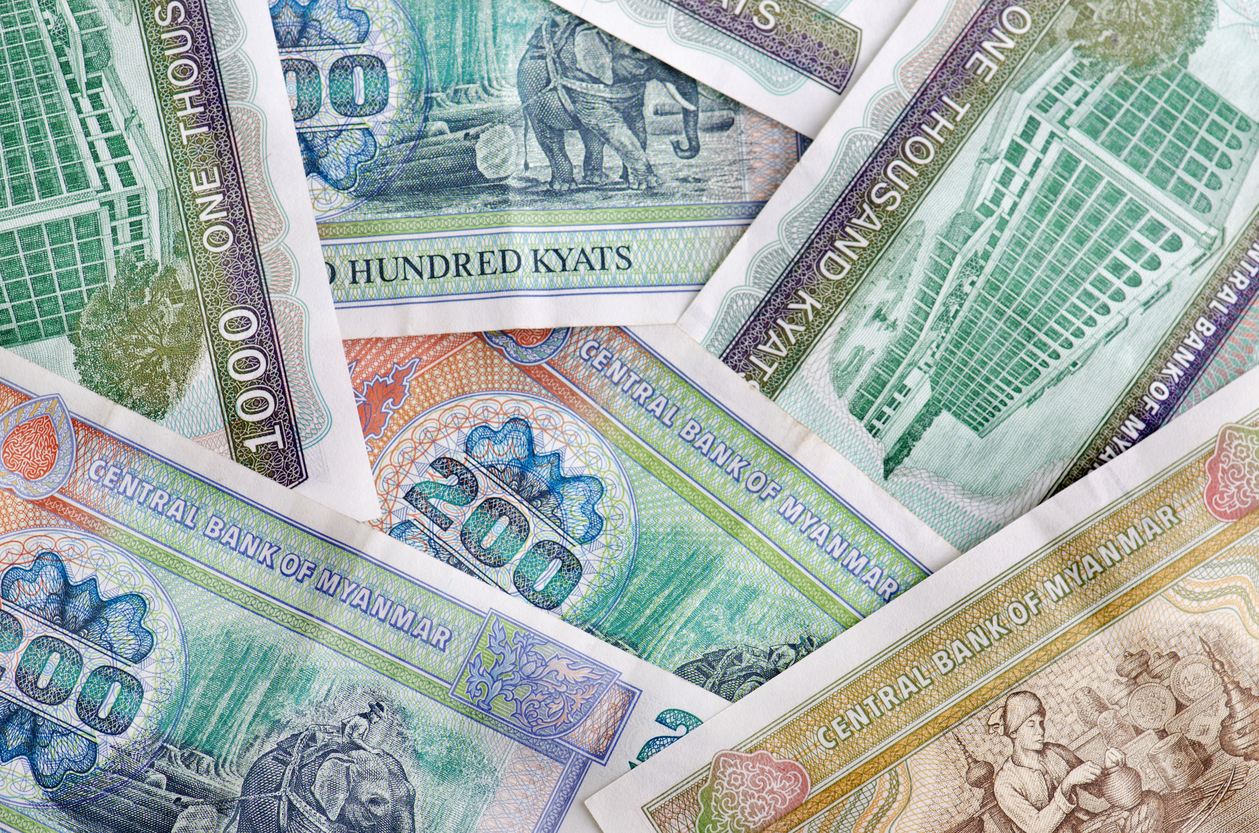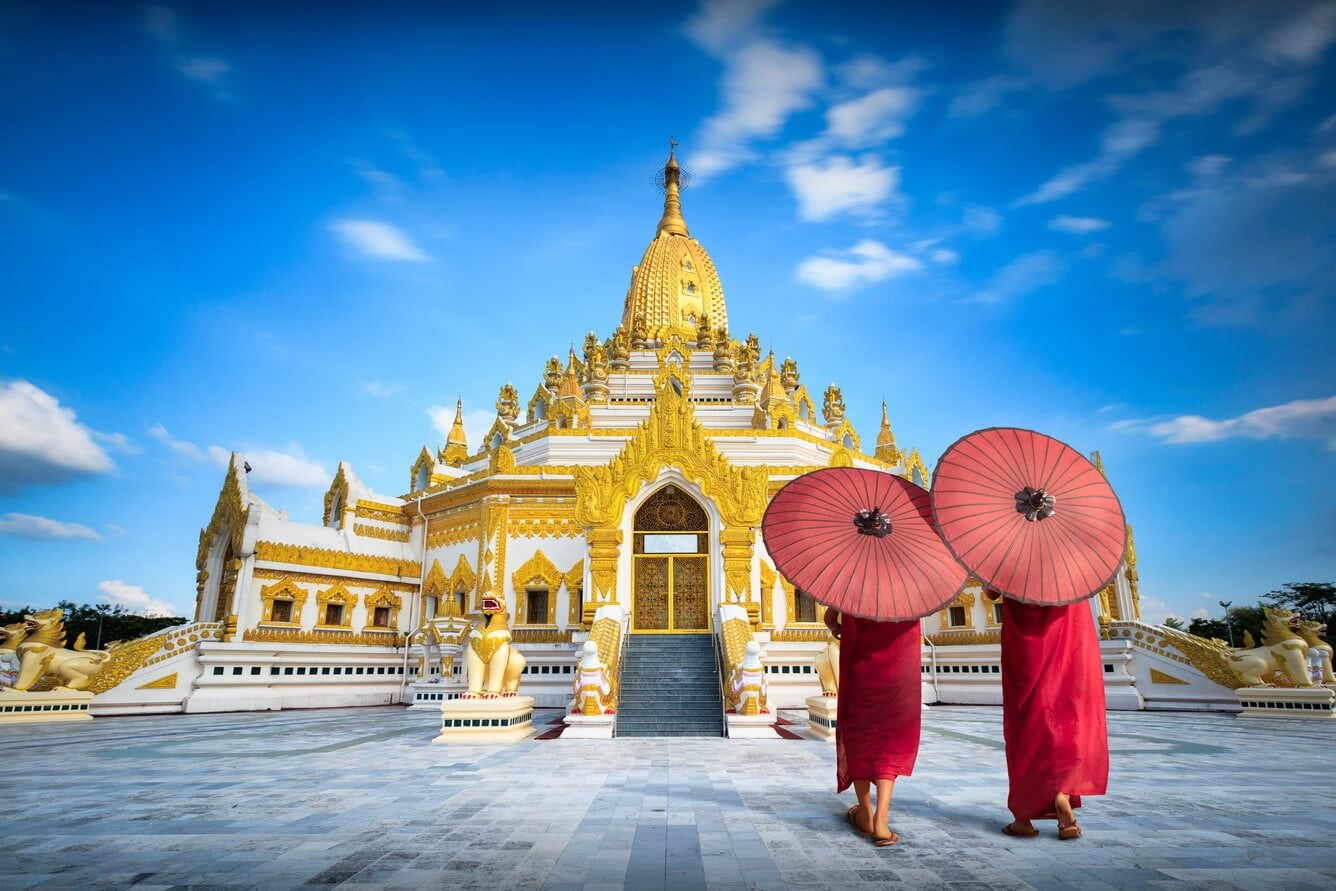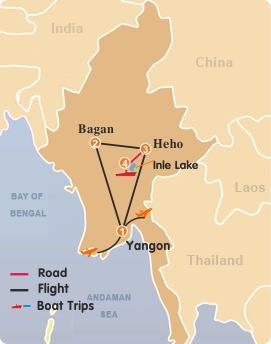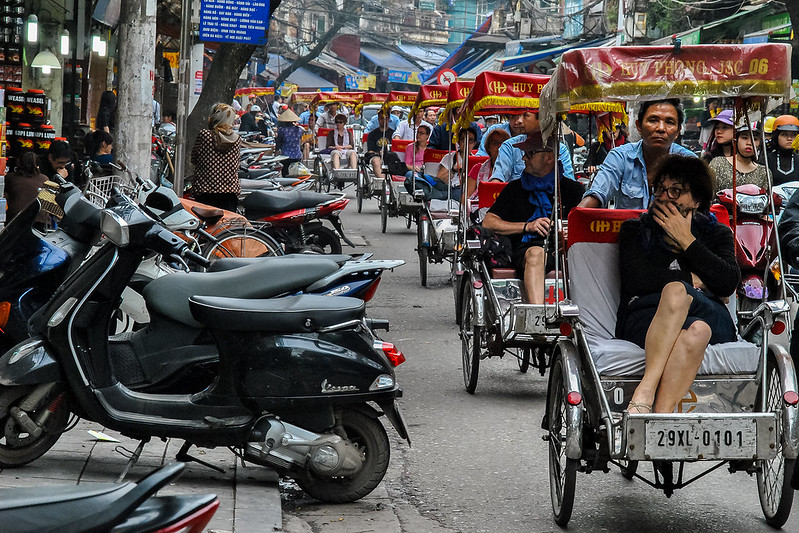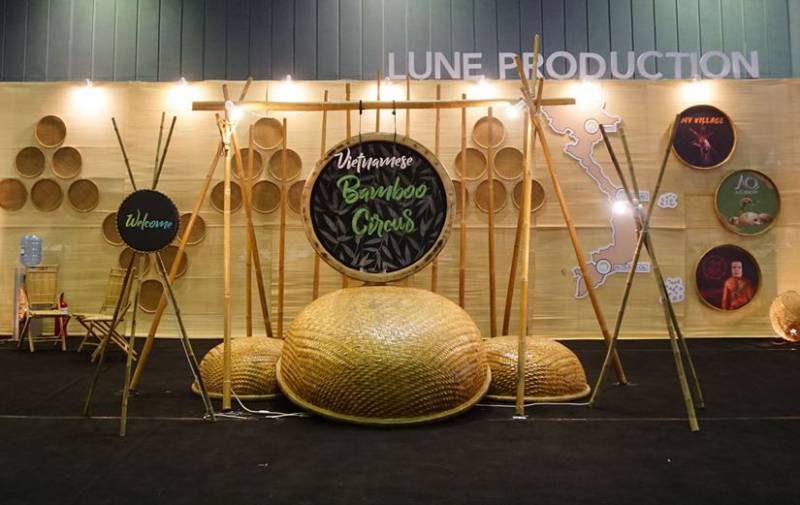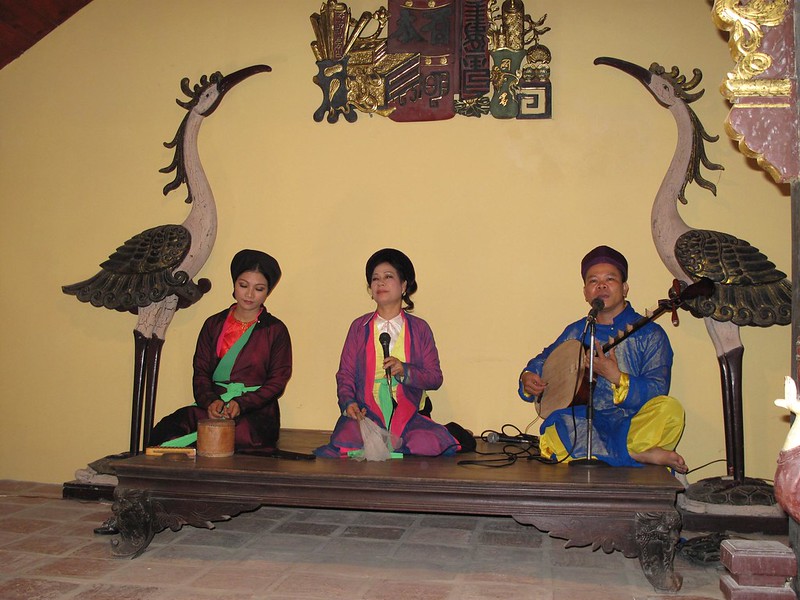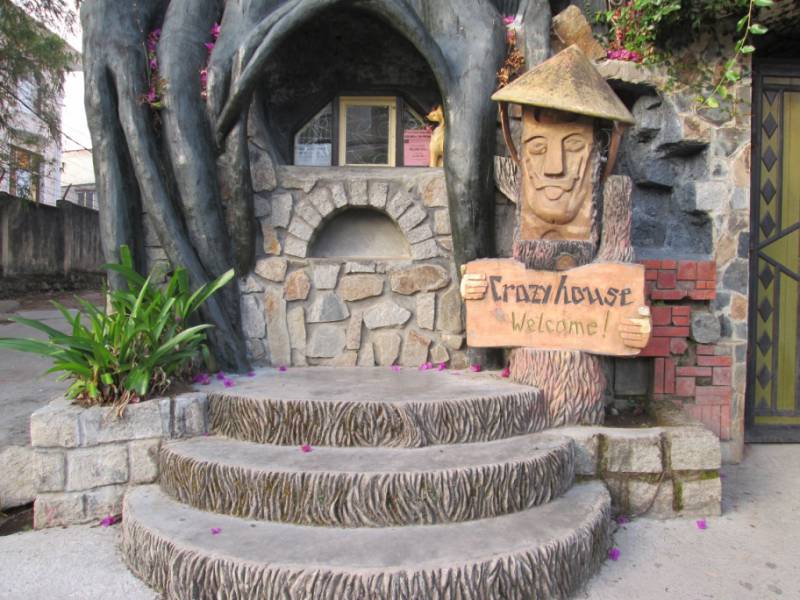
The Main Volcano of Mount Popa
A recently built stairway leads all the way up the main volcano, but not many attempts the climb. The mountain rises to 4981 feet above sea level. Mount Popa was originally a circular crater, but the whole of the northern side has been blown away. The present mountain is in the shape of a horse-shoe.The main mountain looks like an ordinary volcano with a conical silhouette and concave slopes, steepest near the crater rim. The crater wall inside is precipitous, often with steep cliffs with drops of a thousand feet.
Abode of Nats
Mount Popa with its sylvan surroundings is an enchanted place for Myanmar, dating back to pre-Buddhist days. It was and still is, the abode of deities of all levels and shapes, represented in sculptures in the area. Now that most of the deities have become Buddhists, along with their worshippers, the descendants of the original worshippers give respect and reverence as guardians of the family.
It is meet that the chief deity of Mount Popa, once a flaming volcano, should be the spirit of a blacksmith of fabulous strength. When he struck the gigantic hammer on the anvil, the thundering sound crashed all over the countryside; then followed the burst of flames from his forage that looked as hell’s fires had risen out of the earth.
The name of the deity is “Min Mahagiri”, “Lord of the Great Mountain”. From his exalted throne of Mount Popa, he holds sway over every family “who has a roof over the head”, according to the legend.
One of the items sold at fruit shops everywhere in this country is fresh green coconut with the stem intact; each coconut is encased in a woven cane hanger decorated with a spray of red ribbon and a long-stemmed palm-leaf fan. This ensemble of a green coconut, red ribbon, and fan are used for offering to “Lord of the Great Mountain”, who is also the guardian of the household. The offering is placed in a special niche in the homes where old customs still prevail. This offering for the guardian of the household is always placed lower than the household shrine where the Buddha statue is.
The families who do not actually observe the ritual of offering the green coconut and its accessories, recognize the presence of the household guardian by remembering him in the daily devotions at the household shrine; this assures him that he has the family’s goodwill and loving-kindness, and most important of all, that he is called upon to rejoice in the good deeds the family does, by which act the guardian spirit will gain a share of the merit gained.
The offering of green coconut and fan is a meaningful gesture; it is a sympathetic offering to the one who died in the fire. Coconut juice is considered a relief for burns. This has to do with the story of Lord of the Great Mountain in his previous life as a man before he became a spirit. The story began at Tagaung, an ancient city up north on the Ayeyarwady.
A Blacksmith of Tagaung and his two sisters
The ancient city of Tagaung is considered one of the roots of Myanmar history, and it dates back to the pre-Buddhist days. At that time there lived a young blacksmith, comely of face and strong of body. Loved and admired for his good looks and strength, which was said to be the strength of five elephants, he lived with his two young sisters, Dway Hla, and Dway Phyu.
Mating Tint Dal (Mr. Handsome), for that, was the blacksmith’s name, was popular with people and they loved to tell stories of how he could break the tusk of a raging elephant. This was hardly the kind of thing to please a reigning king of those times.
In the young blacksmith, the king saw a potential threat to his power and security. He was determined to put him out of the way.
The king’s attempts to capture the young blacksmith met with something less than success. Mating Tint Dal’s loyal friends and elders of his village protected him by giving timely warnings of the king’s men’s forays. His haunts in the woodlands where he had to spend most of his time, burning charcoal, were good hideouts. His two young sisters were also well looked after by the elders of the village.
The king’s unseemly conduct
One day the king was touring the country and he passed the village where the blacksmith’s sisters lived. The king saw the beautiful Dway Hla and he was smitten by her modesty and charm. The king took the girl back to the royal city and made her his chief consort.
Coming home from hiding, the young blacksmith heard what had happened. In a society where taking a girl without the consent of her parents or guardians was an offense, it was a great dishonor on the part of the family so transgressed. King or commoner, no one could do such a thing to his family. He had to show his dissent somehow.
The irate brother shows his dissent
So the young blacksmith took his gigantic hammer and struck it on the anvil with such might that the earth quaked beneath the blow and the king himself was jolted from his royal seat.
Dway Hla knew immediately that it must be her irate brother’s doing. She had to admit to the king that she was the sister of the man the king hated so much. She begged forgiveness and amnesty for her brother now that they were bound by family ties.
Shaken badly by the thunderous sound of the young blacksmith’s hammer, and the discovery that his beloved queen was the sister of his bitterest adversary, the king appreciated the situation well enough to use it to his own advantage.
The king makes a devious plan
The king acted pleased; why was he not told this before? He had always meant to take the young blacksmith to his court and give him a high place; it was not every king who had a man of such strength and courage to serve him and to think that he was his own brother-in-law. He surely owed an apology to the head of the family of which he was a member now.
The young queen was persuaded to send a message to her brother telling him to come straight to the court to be honored.
Maung Tint Dal was overjoyed to receive the message. He had implicit faith in the king’s word and he trusted his sister, who would wish nothing but good for him.
Therefore, he could hardly believe his eyes when, on arriving at the royal city, he was confronted by a group of armed men, who instantly bound him hand and foot and led him to a huge Sagar tree; at the foot of the tree was a pile of faggots, his funeral pyre.
A sister’s grief
Dway Hla was all the time waiting to welcome her brother whose finest hour she longed to share. As she waited and waited, one of her attendants brought the news of her brother’s fate. Mad with grief she ran out of the palace, her long hair flying in the wind, her dress all awry.
She ran ahead of her attendants who tried to catch up with her until she reached the foot of the tree where the executioners had just begun to put flaming torches to the pyre of faggots.
Sobbing and wailing, she let forth words begging forgiveness of her brother, and to prove her innocence and loyalty, she threw herself into the burning pyre. Her attendants tried to pull her away but they only caught her long hair and her beautiful face was all they managed to save. Her spirit thus came to be known as Golden Face.
The huge tree where the brother and sister were burnt to death, became the abode of their spirits. It so happened that the king was not to be spared the ill repute of his treachery and cruelty. One of the popular ditties sung by the people at the time runs something like this, featuring the name of the blacksmith Tint Dal.
Down to the city of Bagan
Later, the king ordered that the tree should be uprooted and thrown into the river Ayeyarwady. The tree floated down the river and reached the city of Bagan, then a rising city-state. With the tree also came the story of the tragic death of the simple blacksmith and his sister.
People were deeply moved by the blacksmith’s tragic death and his sister’s devotion and the story reached the ear of the then reigning king of Bagan. The King personally came in state to the river bank where the Sagar tree came to rest.
It was then the spirits of the brother and sister appeared before the king and told their story, and begged for a place to live. The King of Bagan in his compassion granted that the brother and sister should find a home “under any roof” that sheltered a family. By this edict, they became virtually the guardians of every household.
The people, already touched by the story, welcome the king’s orders by offering a green coconut and fan and flowers in honor of the spirits of the brother and sister, a tradition that lives to this day.
By the king’s grace, the young blacksmith and his sister made their permanent home on Mount Popa, and he became known as Lord of the Great Mountain, his sister as the Golden Face. They were later joined by their youngest surviving sister Dway Phyu, who died of a broken heart.
Maung Tint Dal’s mistress
It so happened that as a young blacksmith, Maung Tint Dal, during his long years of wandering in the woodlands, had met a girl named Shwe Naby. She was a water-serpent girl who with her supernormal powers could take human form. In the shape of a comely maid, she haunted the streams and lakes of the woodlands, and there, met the young blacksmith.
Hot and tired with his wanderings and with baking charcoal in the woods, Maung Tint Dal found solace in the cool refreshing embrace of the amphibian maid. Their baby girl was barely a toddler when the young blacksmith met his fate at the hands of the king. The mother died soon after the news reached her. Ma Nai Lay “Little Miss Lonesome” was the name given to the orphan girl, who was not too long in joining her parents on Mount Popa.
The Peter Pan of the Pantheon of Spirits
Little Miss Lonesome was the Peter Pan of the pantheon of spirits. She stayed a child to this day. She is represented as a child in the cradle. At the ritual feasts, when the medium is possessed by her spirit, she speaks in the lisping voice of a child and she is a great favorite with the Myanmar people.
When there is a new baby in the family, offerings are made to Little Miss Lonesome. The offering is simple, a plate of freshly cooked rice, seasoned with sesame oil, and a hard-boiled egg. The plate is put at the head of the cradle of the new baby.
Little Miss Lonesome is also a playmate of babies. When a baby smiles, people say, “Little Miss Lonesome is teasing it”. And when the baby cries, people remonstrate: “Oh please, Little Miss Lonesome, don’t tease the baby too much; please make it smile again”.
Little Miss Lonesome is considered a good friend of young people, who often call upon her to help with their affairs. Gifts of tiny slippers and small dresses, like the doll’s wardrobe, are offered at her ‘shrine with the incantation like’ Please send Mr. Right soon. “This little Peter Pan of the pantheon is a solace to lonely hearts and her shrine is a haven for the lovelorn.
Part of the people’s life
Spirits or deities are real people, and they are very much a part of the human’s everyday life. To be in the vicinity of Mount Popa means to be emotionally involved with the deities, spirits, and mythical beings more often than not, in spite of oneself.
It is not quite possible to deny the presence of spirits and deities, as they have a way of manifesting themselves, that is, by making people talk of them as if they were real living things. People refer to them as naturally as they would talk of a respected elder of the community. People speak of them with deep respect, nay, not in fear, but in loving kindness. They are the people’s friends, though unseen, as one might suppose, but whose presence is genuinely felt and experienced.
More deities, more stories
Around Popa are shrines for many other deities. In one of the shrines is a statue of a lady; her face is beautiful; she wears a head-dress, a mask of an ogress, protruding eyes, and knotted fangs. Her name is Golden Girl, called respectfully as Popa Mother. She is an ogress-nymph living on flowers.
Mount Popa is also associated with the name Byatta, the dark stranger who came over this land from across the sea; he was a trusted henchman of King Anawrahta, who reigned in Bagan in the Eleventh Century A.D. His mistress, the Golden Girl, had two sons: Min Gyi and Min Lay, the most well-known in the pantheon of spirits.
Their story is a patchwork of history, legend, and myth. The two sons of Popa Mother represent the worst, as well as the best, of an age – an age of reckless gallantry when power, gold, and women were won at the point of the sword. Min Gyi and Min Lay were executed by the order of the king, who later granted them permission to hold sway over the village of Taungpyone, near Mandalay.
At Taungpyone an annual festival in honor of Min Gyi and Min Lay is held in the month of July. It is generally regarded as an occasion for unrestrained merrymaking where people just let themselves go in boisterous drinking and dancing. Perhaps it is an annual “letting off steam” for all kinds of people.
The full story of Min Gyi and Min Lay has been spun into the story of Mandalay.
Mount Popa, the abode of the gods amidst the woodlands, is an enchanted place where goblins and spirits still wonder. There is a being called zawgyi, one of the mythical characters represented on the Myanmar stages; he is dressed in flaming red robes, wears a red cap, and has a magic wand in his hand.
The zawgyi is a human being who has attained miraculous powers, one of which is long life and youthfulness. He is supposed to have attained such powers by concocting something out of the herbs grown in the Mount Popa area. The Myanmar indigenous medicine men believe that the herbs which grow in the Popa area have more potency than those grown elsewhere. In many ways, therefore, to be around Mount Popa means to get involved in a multi-colored mesh of religious faith, ancient rites, and jungle lore, with mythical beings popping in and out like well-meaning but interfering neighbors.
Do not for a moment think that it would be easy to sort yourself out of this labyrinth of legends and normal living. It would take some time to be back in the worrisome workaday world.
The best tours In Mount Popa and area around.
MYANMAR GLANCE TOUR (7DAYS)
THE BEST OF MYANMAR TOUR (10DAYS)
.jpeg)

.jpg)

.jpeg)

.jpg)



.jpg)
